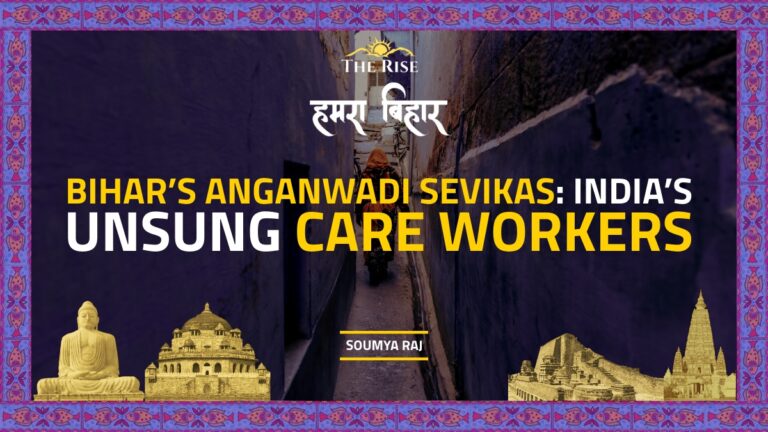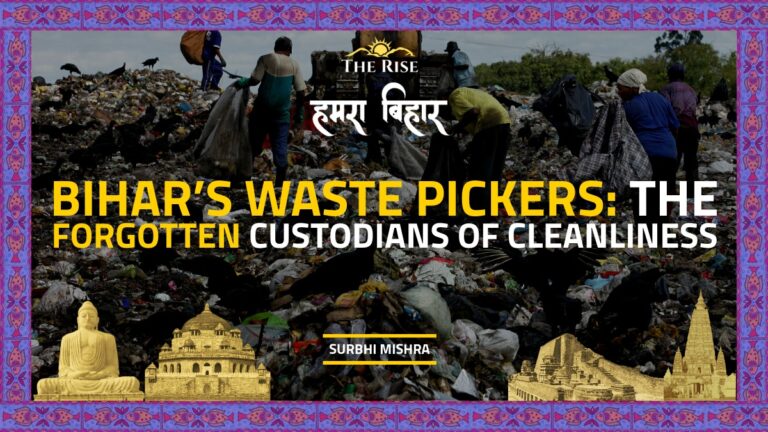The year was 1878 when Indian journalism was nascent with regional newspapers like Bangadarshan, Bombay Samachar, Amrita Bazar Patrika. Despite limited financial resources and government repression, they criticized the imperial government policies and highlighted the common man’s plight. To counter their nationalistic zeal, the then Viceroy Lord Litton brought the notorious Vernacular Press Act. This act empowered the police to confiscate any Indian newspaper printing material, as deemed objectionable. Amrita Bazar Patrika was the prime target of this act to stop publishing in Bengali. Therefore, it became an English newspaper overnight to continue its journalistic vigour. The descent of Indian media in the present era requires introspection.
India has slipped to rank 142 in World Press Freedom Index, far below Bhutan, Nepal, and Afghanistan
It is saddening that a nation with a rich heritage in journalism slips to 142nd rank in World Press Freedom Index. This is far below the corresponding ranks of neighbouring nations like Bhutan, Nepal, and Afghanistan. The biggest culprit in this practice of yellow journalism is private Television media which mushroomed in the last 15 years. There are signs of Indian media seemingly relinquishing its duty of reporting the truth at the cost of business profits.
Media has created a false sense of superiority by comparing the internal matter of India with Pakistan
Firstly, it has created a false sense of superiority by comparing the internal matter of India with Pakistan. For example, ISRO’s comparison with its Pakistani counterpart, especially during the unsuccessful landing of Chandrayaan-2, was done by several media channels, thus instilling a false pride in India’s space mission. Despite the Chandrayaan-2 setback, our focus should be towards a comparable China whose space program is quite ahead of ours.
We have to uphold a free press and freedom of speech — because, in the end, lies and misinformation are no match for the truth.
Barack Obama
Secondly, measuring the success of a decision with people’s participation and pompous events instead of their actual gains is quite prevalent in the Indian media. These decisions are often portrayed as an achievement even if they don’t give the anticipated results. The number of candles lit and utensils banged becomes a success instead of the conduction of actual COVID tests. Demonetisation is another example which the media portrayed as a success even though it was disastrous for the Indian economy. Similarly, showing the amount of currency with the bank, instead of the actual recovery of black money is concerning. The Government very cleverly uses catchphrases like ‘$5 trillion economy’,’Rs. 20 lakh crore package’, ‘Atmanirbhar Bharat’ etc. However, there seems no accountability if the objectives of these schemes fail to fructify
Political debates which have the basic characteristic of finding the solution through common understanding at its core has been converted into two extremely divergent viewpoints with constant mudslinging at the opponent
Thirdly, the whole debate on our TV media has become binary with no common ground. Political debates have the basic characteristic of finding the solution through common understanding at its core. But, these days, we witness constant mudslinging on the participants with extremely divergent viewpoints. Secularism, opposition, minorities, liberals filled with rhetoric, and cacophony discussions are the punching bags for these debates.
Various names of programs like “Aar Paar”, “Mahabharat”, “Dangal” itself lay bare the intention of its anchors. The conversion of recent Delhi riot debate into Tahir vs Kapil Mishra is the prime example of the attitude of media.
May read: Media Ethics
Fourthly, media plays a great role in the creation of a larger than life image of many political leaders. The media performs long discussions about their childhood struggles, their daily routine, etc. and defends them for their political actions. Sometimes journalists assess the person by their life struggles instead of their policies, vision, and schemes.
Fifthly, the line between the government and India as a nation has been blurred. There is a new trend of labelling opposition as anti-national for questioning government policies. Sometimes, condoning the indefensible acts and shifting the blame on the opposition is worrisome. Diverting the public narrative from the ongoing Indo-China standoff to the question of which parties are ‘anti-national’ and ‘Chinese Agents’ is one such example of the challenge posed by the Indian media to the national unity, even in these times of national crisis.
The press is called the Fourth Estate. It is definitely a power, but, to misuse that power is criminal.
Mahatma Gandhi
May Read: Democracy 2020: Are new ‘gods’ in the making?
Unfortunately, the government has also become a mute spectator to yellow journalism. On one hand, it provides advertisements, PSU sponsorship, minister attending their annual summit, and exclusive interviews by prominent personalities. While on the other hand, the journalists who are critical of government policies are harassed. The arrest of a reporter in Andaman for reporting lacunae in COVID-19 testing and filing FIR against UP reporter for sharing a video where children are eating ‘namak-roti’ in mid-day meals are a blatant attack on true journalism to force them to submission.
Freedom of the press is a precious privilege that no country can forego.
Mahatma Gandhi
The print media especially the English newspaper and magazines have emerged as the bulwark during this period of invisible censorship. Despite their dwindling revenue on the account of digital media, the efforts to bring information to the public is worth emulating.
The redemption of Indian media lies entirely in the hands of emerging journalists and the general public
The redemption of Indian media lies entirely with two most important stakeholders i.e. emerging journalists and the general public. Now, the ICT has enabled the establishment of online news portals providing credible, verified, and relevant news at minimum capital costs. Quite often, the fact checks done by these portals have been highly revealing.
At the same time, the general public needs to make themselves more aware. The public should give their precious time to only those credible news that is relevant in their life. Indian express editor Raj Kamal Jha says, “it’s not that good journalism is dying, it’s getting better and bigger. It’s just that bad journalism makes more noise today than it used to make five years ago.“
The only security of all is in a free press.
Thomas Jefferson
Disclaimer: The views expressed in this article are of the author solely. TheRise.co.in neither endorses nor is responsible for them.






Pingback: Poetry as a Tool of Dissent in Modern Day Authoritarianism Regime
Pingback: Art of Ruling through Animosity: Humanity or Nationalism - TheRise.co.in